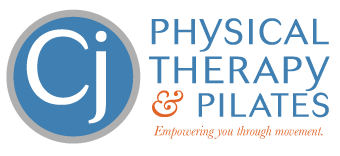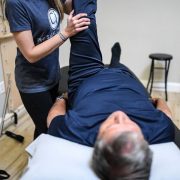Five Easy Ways to Stay Active and Mobile this Thanksgiving
Thanksgiving is one of my favorite Holidays and it’s right around the corner. Rest and relaxation might be top of mind for you. But, it’s still important to stay active and mobile throughout the day.
Our spine and joints don’t like to be sedentary for prolonged periods. And that’s especially true if you’ve got arthritis, back or knee pain.
You may not notice any pain while you’re sitting or relaxing, but you will pay for it the next day if you don’t find ways to keep moving.
So here are five very easy ways to help you stay active and mobile this Thanksgiving:
-
Interrupt Your Sitting.
Our bodies were not designed to sit for prolonged periods, so getting up frequently is an easy way to not only incorporate movement throughout your day, but to help keep away back and knee stiffness. I recommend standing up at least once every 30 min.
This could be a fun assignment to give a young child. Make them accountable for watching the clock and remind you to stand up. This is quite possibly the easiest and most effective strategy to keep your knees, hips, and spine from getting painful and stiff throughout Turkey Day.
-
Do a Turkey Trot.
Thanksgiving Turkey Trots are a popular event in most towns and it can be a really fun event for the whole family. Turkey Trots are typically 5K’s – or 3.2 miles. If you’re not able to sign up for an actual race, grab your friends and family and create your own Turkey Trot within your neighborhood.
If you can’t coordinate a time to do this in a group, take a virtual trot together and stay connected via your smartphone. Either way, whether you walk or jog, it will feel great to get your Thanksgiving Day started with lubricated joints and blood flowing.
-
Stretch During Commercials.
Whether it’s the Macy’s Day parade, football, or both – it’s easy to find yourself sitting for hours on a soft sofa or recliner. A very easy way to keep yourself from sitting or slouching too much and to incorporate some healthy movement into your day is to get up during commercials.
It’s the perfect opportunity to do a quick 2 min exercise or stretch. It doesn’t have to be complicated. Choose from a quick set of squats, heel raises, planks, or back stretches. You can alternate through these during each commercial break and your body will thank you for it.
-
Walk Your Dessert Off.
Just because you did that Turkey Trot in the morning doesn’t mean you have to be done for the day. Rather than feeling like you need to skip dessert – just plan to walk it off afterwards.
Walking is one of the best and most natural exercises you can do. And it gives you many of the same benefits of running (only slower).
Walking is very functional, and it’s good for your hips, back and knees. Since we tend to sit and bend so much during the day, walking is a very natural and active way to get some much needed lengthening and stretching into our bodies before we settle in for the evening.
-
Help With Cleaning Up.
Don’t be shamed into “just sit down and relax” because you’re a guest. Helping with clean-up (or set-up) is an easy and effective way to keep moving during your Thanksgiving Holiday.
Not only will your Thanksgiving host love you – but your body will too.
If you’re suffering from back problems, be careful bending and leaning over – especially if it’s repetitive – when you’re collecting or washing dishes. But otherwise, carrying heavy plates, moving chairs, and wiping down tables can burn quite a few calories and it’s good for your body.
There you have it – if you don’t want your Thanksgiving Day to be sedentary – you now have five easy ways to stay active and mobile.
I hope you have a wonderful Holiday and get to spend it with those you love most.
Dr. Carrie Jose, Physical Therapist and Pilates expert, owns CJ Physical Therapy & Pilates in Portsmouth and writes for Seacoast Media Group. To get in touch, or request a free copy of one of her guides to back, neck, knee, or shoulder pain, email her at [email protected].




